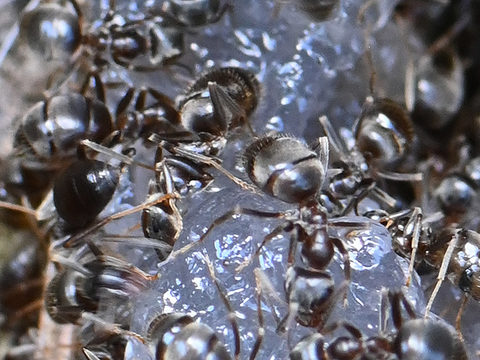Formulation matters for rodenticide success
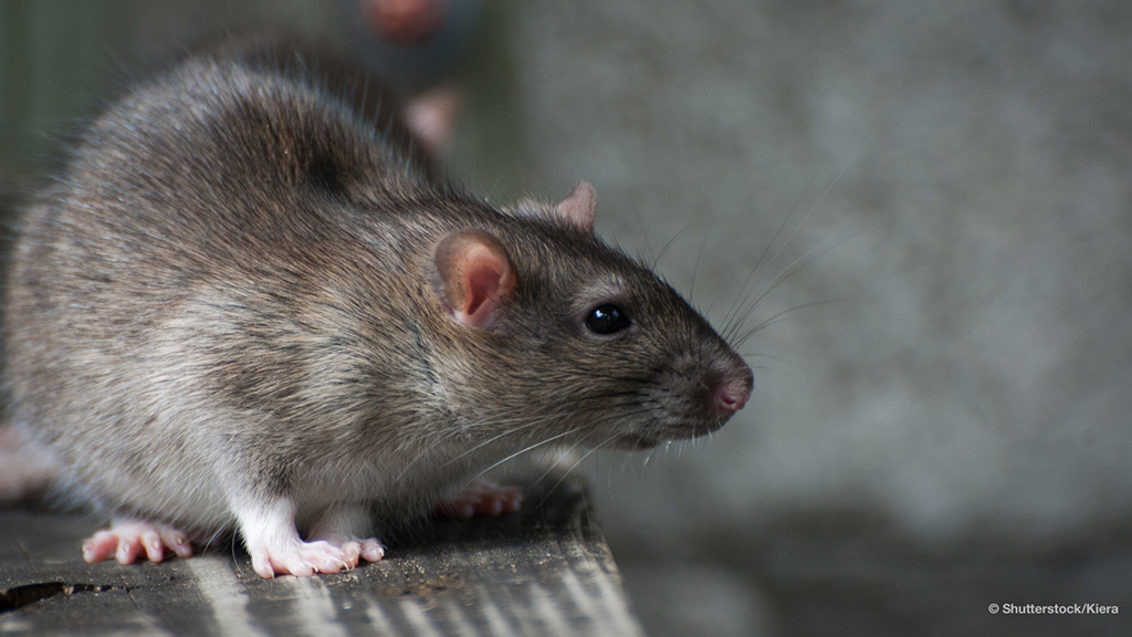
As we head into the key autumn rodent control season, Syngenta Business Manager, Daniel Lightfoot, assesses why we need the range of formulations available, and what’s likely to work best where?
Only a tiny fraction of a rodenticide bait is the active ingredient, up to a maximum of 0.005%. That means over 99.9% is the bait base. The formulation, therefore, is the key to getting the target, brown rats and house mice, to consume the toxin.
Palatability, to get rodents to eat the bait is one factor, but the formulation has a key role in how it will perform in the environmental conditions it’s being used. And the ideal formulation will vary for each job.
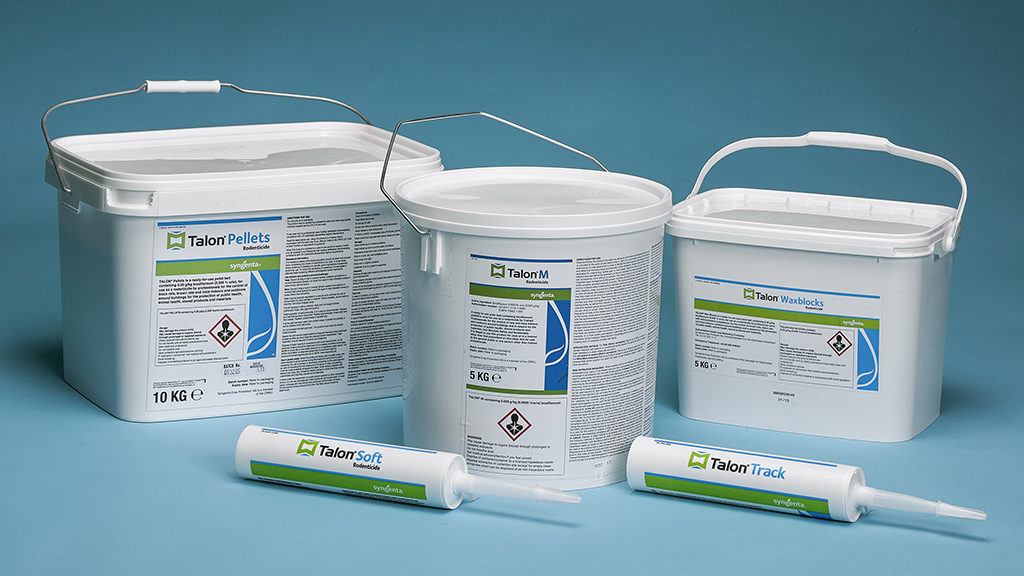
So, with five different formulations of the Syngenta rodenticide, Talon, which one should you use where? Here are some key considerations for practical use:
Target species
In general, and especially in rural environments, rats are more used to feeding on whole grains than processed foods. And rats, being neophobic, are likely to be slow to try novel formulations. So for rats, baits formulated from unprocessed grain, such as kibbled maize, are often first choice.
Mice, however, generally live totally within buildings where more processed types of food are available, so will usually be more likely to take pasta or paste baits.
Furthermore, mice don’t gorge feed like rats, instead they like to take little nibbles of bait from multiple locations. Paste bait is ideal for this, as it is easy to place small portions in lots of locations.
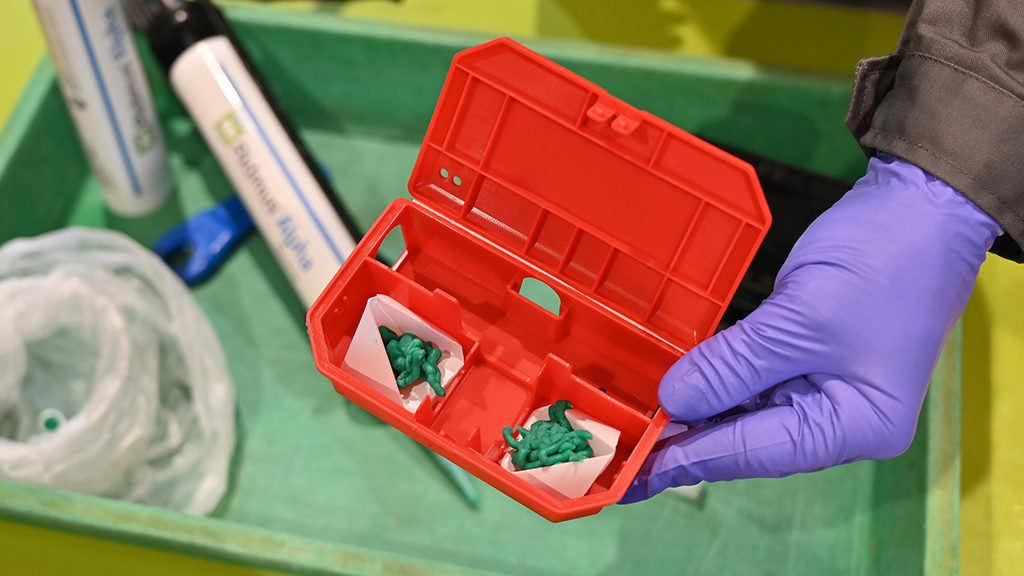
Unprocessed whole grains are usually less favoured by mice as they do not like the hard husks, which they need to peel off. With the Talon M unprocessed product being ready kibbled though, it is worth trying for mice in rural areas.
Competing food sources
Both rats and mice are more likely to feed on baits that are similar in composition and structure to their current food source.
So, for example, if treating rodents in a food warehouse where highly processed foods abound, then pasta and paste formulations are likely to be more successful; but if treating on a farm then pellets are likely to do best, as these are highly palatable to rodents as well as being similar in formulation to many livestock feeds.
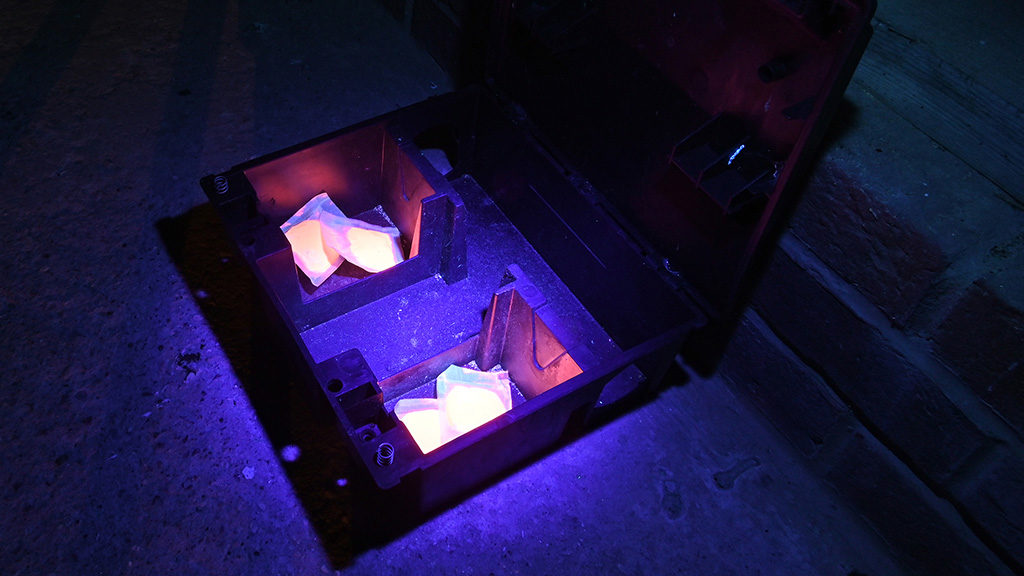
Where competing food sources cannot be removed and it is not known whether all of a target population of rodents is consuming the toxic bait, then it might be useful to use the Talon Glow pasta formulation, so that droppings can be examined for fluorescent dye.
Location environment
Within food production areas, it is unacceptable to use loose grain or pellet formulations as these could spill and contaminate food items. Paste or pasta baits can both be securely held in a mouse box and will likely be the most tempting for mice.
Rats might just carry off a pasta sachet though, so for them paste bait, or a slightly less palatable block bait secured in place, will be better.
In external boxes, pasta sachets might be a concern as these could be carried off by rats and possibly dropped in an exposed location, so either block bait secured on rods or loose grain/pellet bait is better.
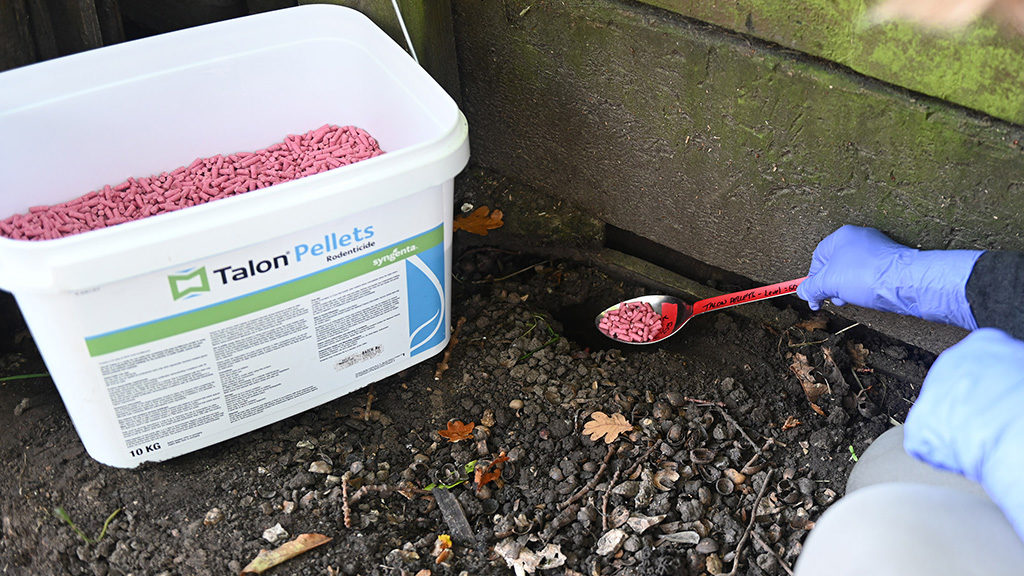
When burrow baiting, sometimes the bait is ejected from the burrows by the rats. Here Talon Pellets are good because the quantity ejected is likely to be less than blocks or sachets, making it safer for non-targets.
In very hot locations, where the temperature in the box could exceed 60⁰C, then wax blocks and paste can melt, so grain or pellets would again be a better option.
It’s also essential to be aware of any legally-binding label instructions of where baits may be used. The only Talon formulation approved for use in sewers, for example, is wax blocks. And they must be secured in place so rats can reach them, but fluid will not reach up them.
Carbohydrate content
Some populations of mice, especially in cities, have developed an inability to digest cereals. For these mice, baits with the least carbohydrate, such as Talon Soft or Ridmus Alpha (below), are likely to be the most successful.
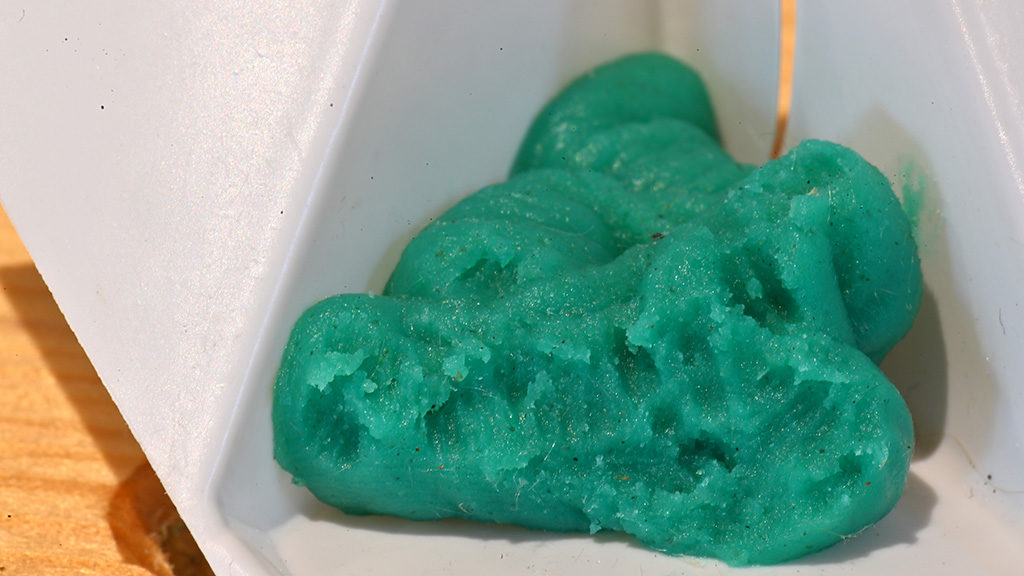
And technicians who have tried different paste baits report a much faster uptake of Talon Soft than of other paste baits, due to the very low level of carbohydrate in this formulation. It can also be easier to see takes on paste or sachets than on other formulations.
Air Humidity
Where humidity levels are higher, then some mould resistance will help the baits to remain palatable for longer. Blocks, which can contain up to 40% wax, have inherent mould resistance, so these will survive longer in damp areas.
However, all the formulations will typically remain palatable even in damp conditions for five days or so (depending on actual humidity levels), so for faster bait take, try the more palatable baits first.
Cost
For most rodent control programmes, the cost of the bait is likely to be insignificant in comparison to labour costs. However, cost might be a consideration for large scale rat riddance programmes, and the kibbled grain formulation, such as Talon M (below) might be selected here.
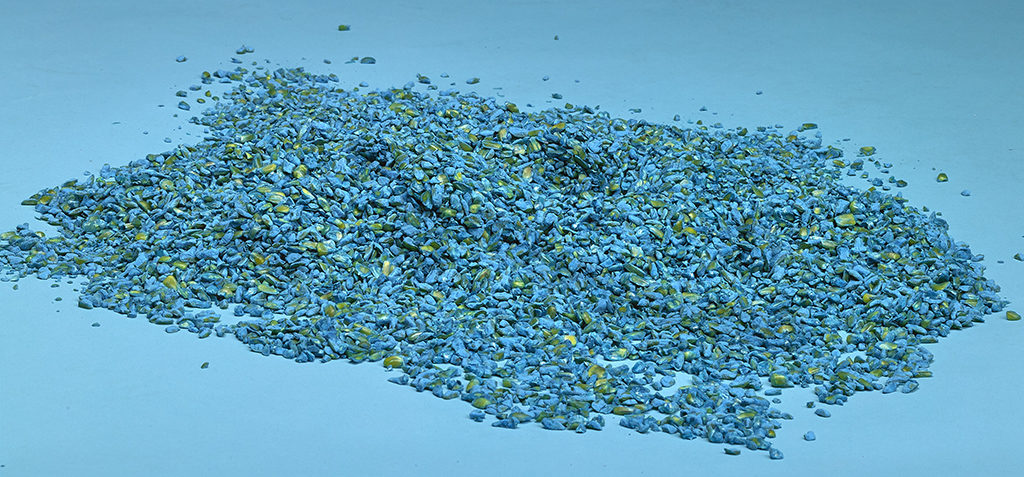
With mouse control programmes, where evidence of takes need to be removed to help check for ongoing activity, then paste bait can often be cost effective as any nibbles can be smoothed over rather than replacing a complete block or sachet.
Ease of Use
Blocks and pasta sachets are each a set weight. So, for accuracy of use one of these two formulations might be preferred. If you are a foot technician, then just carrying a tube of paste bait is easiest.
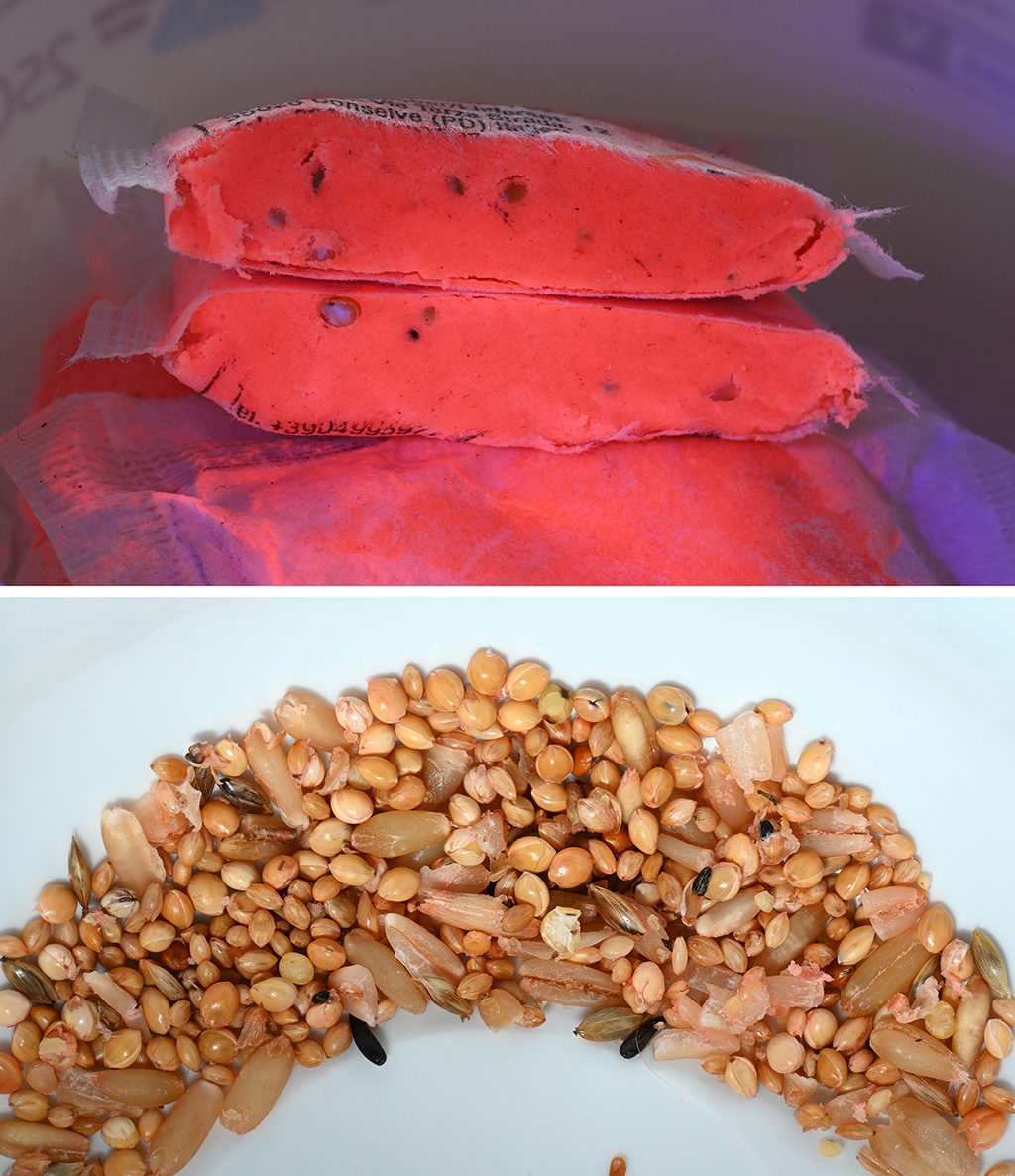
Incorporating multi grains within a pasta formulation of Talon Glow (above) has been reported to be highly attractive to rodents, particluarly mice. Along with the formulation, the packaging is also important, with the sachet of Talon Glow specifically desigined to allow the smell of the grains and oils to permeate out and attract rodents.
Sometimes different sub-populations of rodents on a site have varying preferences. In this situation you might find that using multiple formulations simultaneously, or changing bait during treatment, can be helpful.
Other characteristics of the bait, besides formulation, might also affect bait consumption. Flavours, such as aniseed or vanilla can be added to some baits to make them more attractive; but if too concentrated can actually deter consumption.
Poor quality manufacture, such as dusty ingredients used in the bait production, can make the bait less attractive. Out-of-date or deteriorated baits are less attractive than fresh ones, so ensure all baits used are fresh, even for burrow baiting.
It is beneficial to survey and consider each infestation scenario carefully before deciding which rodenticide bait formulation to use.


